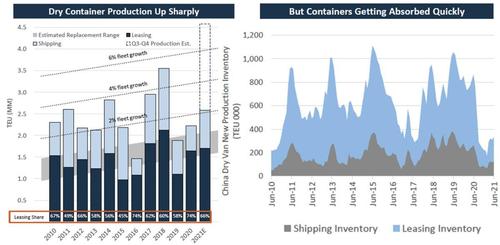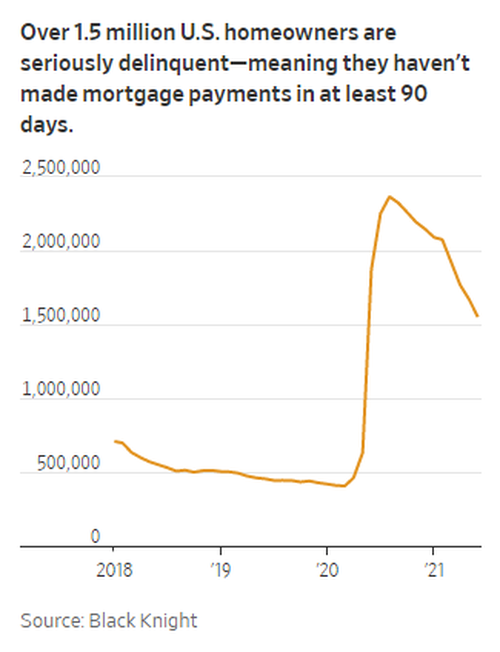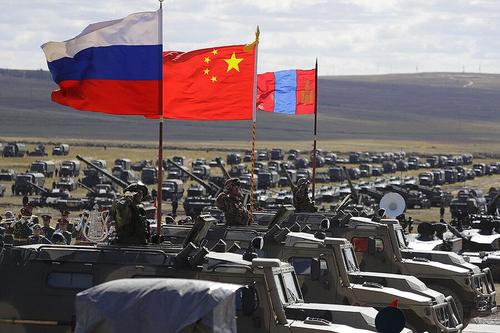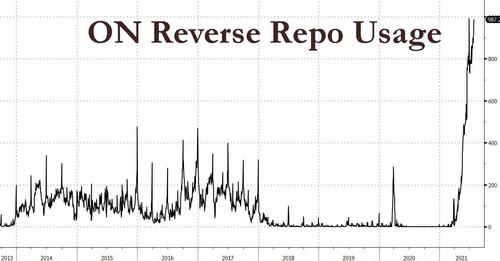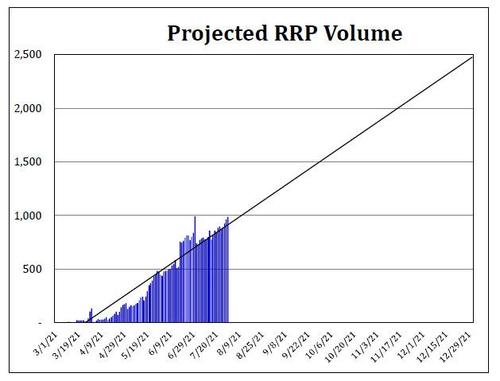Bumble Offers Staff Unlimited Paid Leave, Will Close Offices 2x A Year For ‘Wellness Breaks’
Bumble, the ‘female-friendly’ dating app that gave its entire global workforce (about 700 people) a paid week off in June to “de-compress” and “focus on themselves” after a “traumatic” plague year, is taking its policy of prioritizing the mental well-being of its workers one step further. The firm said Thursday that it would allow all its employees an “unlimited” amount of paid vacation each year – so long as their managers approve it.
The firm says it’s “understood” that the offer of unlimited leave is predicated on employees getting all of their work done. Additionally, the firm says it will close all global offices for one week every six months (to be sure, the firm will keep a skeleton crew working to address any issues with the app, or user complaints).
Bumble President Tarek Shaukat said the pandemic forced to rethink its approach to mental “wellness” in the workplace.
“It’s becoming increasingly clear that the way that we work, and need to work, has changed and our new policies are a reflection of what really matters and how we can best support our teams in both their work and life,” said Bumble president Tarek Shaukat.
If these policies seem tailored to elicit buzzy headlines bursting with approval from the lamestream press, it’s probably because they are. Chances are, this is merely more virtue-signaling from Silicon Valley as it competes to convince all the top young talent that tech is the place to be, not banking.
As the BBC is well aware, Bumble isn’t the first firm to try the unlimited vacation policy (though, typically, it’s unpaid beyond a certain point). Most who tried it found that staff actually take less vacation, not more, when they don’t have a set number of weeks per year which they are “owed”.
Ben Gately, chief operating officer at UK software firm CharlieHR, ended up offering staff other benefits such as more flexible working hours instead.
“People didn’t take enough [holiday],” Ben Gately told the BBC at the time.
“People are pretty bad at taking holiday, we’re all scared to do it because we have to do our handovers and pass stuff over and meet deadlines.
“There’s a huge amount of anxiety about not knowing the limit. A bunch of our team came to us and said: ‘Actually we’d love to know where the line is. Is it okay to take 35 days? Is it okay to take 25 days? Where should I draw the line?’ Because the reality is that it’s not actually unlimited.”
But Bumble clearly knows this, too, which is why they’re also launching a host of additional leave policies seemingly designed to tug at the virtue-signaler’s heart strings. These include: a minimum of 15 days bereavement leave for staff who suffer miscarriages, and an additional 20 days a year in vacation for staff who have been victims of “domestic violence and other violent crimes”.
Bumble founder Whitney Wolfe Herd became the youngest woman ever to take a company public when Bumble IPO’d in February. Unfortunately for the firm’s shareholders, its stock price has shed nearly 40% of their value from its IPO highs.
And as the firm tries to turn things around, we somehow doubt that encouraging workers at your firm to do the bare minimum while footing the bill for generous vacation time isn’t the way to turn things around. What’s next? Will Bumble extend free vacation time for all ‘workers who menstruate’ to take off during their periods?
Tyler Durden
Thu, 07/29/2021 – 20:20
via ZeroHedge News https://ift.tt/3rHCx9i Tyler Durden




